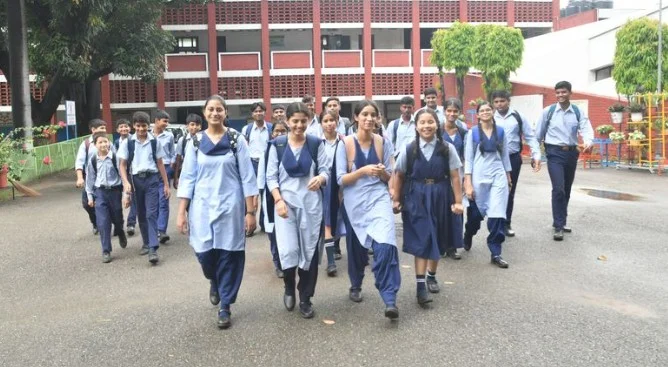CHANDIGARH, Aug. 4 — To fortify child safety and institutional accountability, the Chandigarh Administration has ordered its first-ever comprehensive school safety audit, covering all government, government-aided, private recognised, and Central Government schools across the Union Territory.
Acting on the directive of Punjab Governor and UT Administrator Gulab Chand Kataria, the Directorate of School Education on Monday issued detailed safety audit guidelines, marking a major policy shift in the city’s approach to school governance.
“These guidelines mark a strategic and proactive leap in transforming Chandigarh into a nationally acclaimed hub of school education, combining high academic outcomes with a robust focus on safety, inclusivity and student well-being,” said Education Secretary Prerna Puri.
The guidelines mandate physical, psychosocial and disaster-readiness audits, covering aspects such as building stability, fire and electrical safety, access control, mental health provisions, counselling support, CCTV coverage, and barrier-free infrastructure for children with disabilities.
“Every school must coordinate with certified audit agencies or government-deployed engineering teams based on their category, and submit compliance reports by August 30,” said Director of School Education Harsuhinder Pal Singh Brar.
Brar added that audit reports will be compiled by the District Education Officer and forwarded to the Directorate by September 10. Failure to report or delays in addressing safety risks will attract strict penalties, he warned.
A key component of the guidelines is the 24-hour mandatory incident reporting rule, requiring all schools to report any accident, hazard, or near-miss to relevant authorities within a day. “This reinforces a culture of vigilance and responsibility,” Brar said.
The initiative draws alignment from national and international standards, including the National Education Policy (NEP) 2020, NDMA School Safety Policy 2016, and benchmarks from the Performance Grading Index (PGI) 2.0.
Chief Secretary Rajeev Verma hailed the move as a “foundational reform” in public education. “We’re not just improving infrastructure—we are building schools where safety, dignity, and preparedness are non-negotiable,” he said. “This step places Chandigarh on the path toward meeting international best practices.”
The audit checklist also includes provisions for gender-segregated toilets, well-lit classrooms and corridors, clean drinking water, secure school transport, and real-time emergency preparedness. All schools must prominently display a school safety and disaster management plan in every classroom, regularly updated with inputs from students and teachers.
Emphasising a participatory model, Education Secretary Puri said, “Safety is the bedrock of quality education. These guidelines ensure every school is a haven of safety, respect and resilience. Every teacher, parent and administrator must understand their role in safeguarding children.”
To strengthen community involvement, schools are encouraged to include School Management Committees (SMCs), Parent-Teacher Associations (PTAs), and local residents in safety walks, mock drills and feedback forums.
“This is about co-creating safe spaces,” said Brar. “We want stakeholders to be engaged not just as observers but as active contributors to safety governance.”
Regular monitoring, inter-departmental coordination with public health and civil agencies, and transparent documentation have been built into the enforcement mechanism to ensure long-term compliance.

